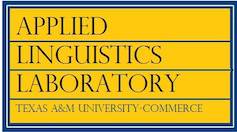Clarification and repair in emergency remote EFL classes
DOI:
https://doi.org/10.21283/2376905X.14.252Keywords:
EMERGENCY REMOTE EDUCATION, CONVERSATION ANALYSIS, CLARIFICATION, REPAIR, EFLAbstract
During the sudden shift in education onto digital platforms due to the Covid-19 emergency, teachers became streamers and experimented with new tools to involve their students in video-mediated, multi-floor, multiparticipant, and multimodal interactions. In turn, students experienced new ways to participate in lessons and interact with instructors. This study focuses on clarification and repair in videoconferencing as a strategy to address trouble in video-mediated communication and to re-establish mutual understanding. Through participant observation of online classes, the researcher collected data on classroom interactions, which are analyzed through conversation analysis. The findings show how the digital affordances of video-mediated conversation help teachers and students manage intersubjectivity and compensate for the lack of non-verbal cues typical in face-to-face interaction, such as facial expressions or tone of voice. Consequently, this article argues that the wisdom gained during the pandemic can help teachers and lecturers better deal with clarification and repair in digital conversations. Ultimately, it can increase their digital interactional competence, thus giving way to more interaction and learning in EFL classes, both online and in-person.
Downloads
Published
How to Cite
License
Copyright (c) 2021 Antonella Giacosa

This work is licensed under a Creative Commons Attribution 4.0 International License.


